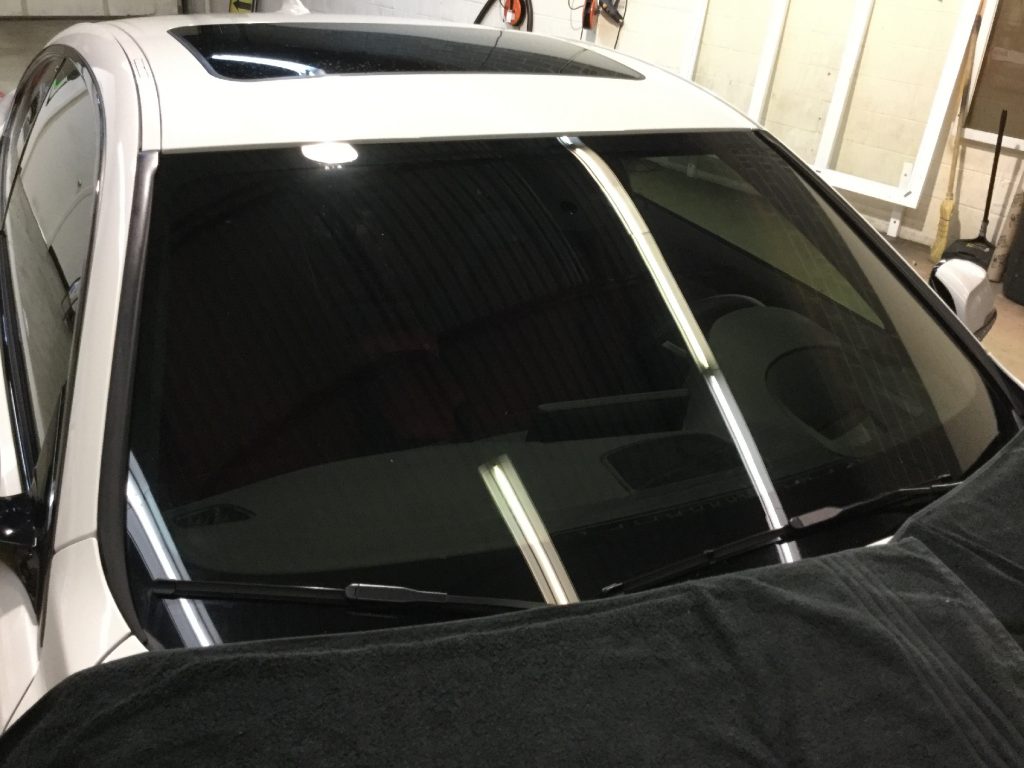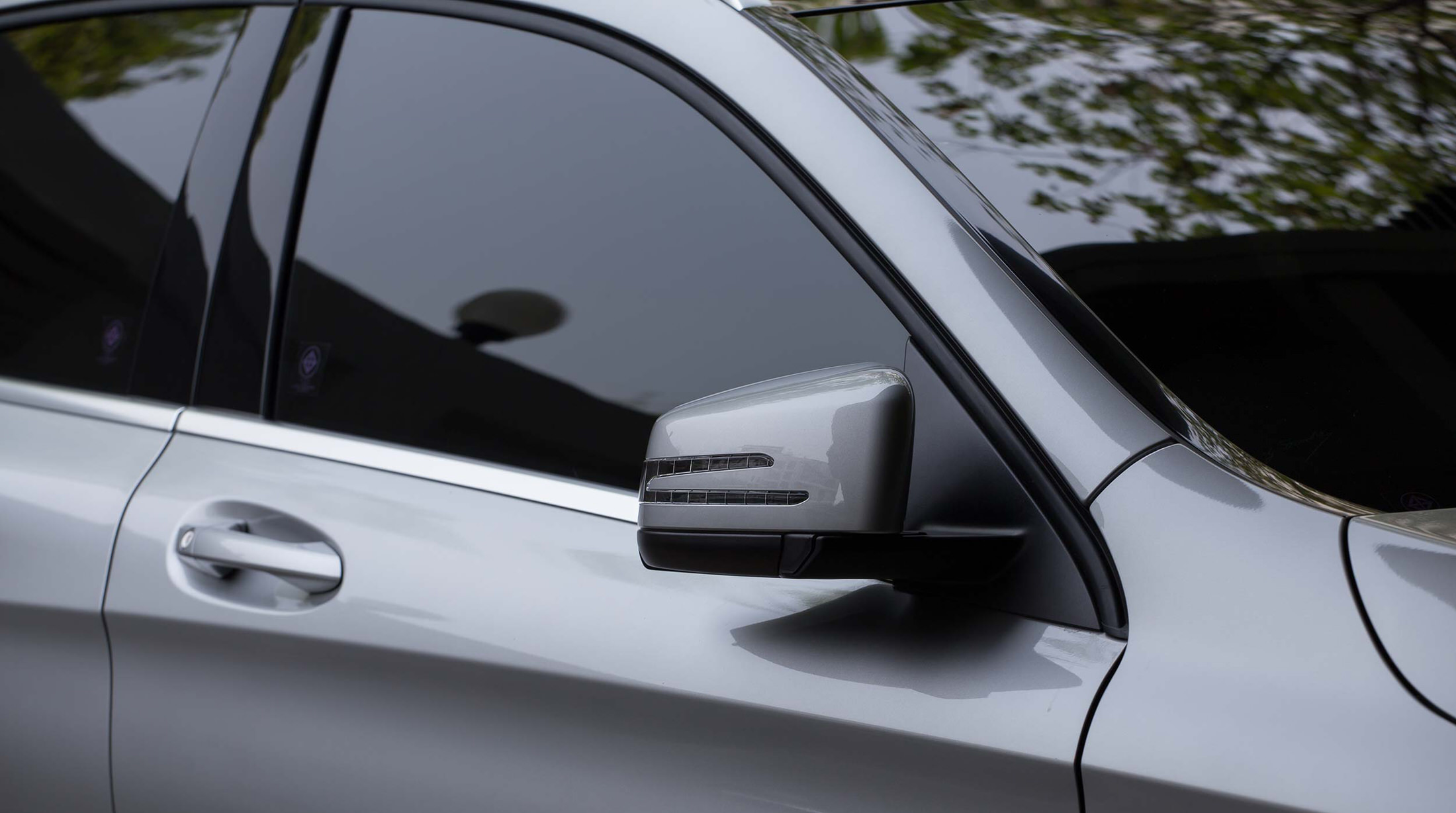Home Window Tinting Regulations: What You Need to Know Prior To Tinting Your Automobile
Recognizing home window tinting laws is essential for any kind of lorry proprietor taking into consideration tinting their automobile. Regulations vary dramatically from one state to another, establishing details limits for Visible Light Transmission (VLT) percents, specifically for front-side windows and windscreens. Failure to abide with these laws can result in penalties, the necessity to get rid of the color, and complications with insurance policy. As you contemplate boosting your vehicle's look and capability, it is important to realize not only the legal implications however additionally the useful factors to consider that come with selecting the ideal color. What elements should you focus on in your decision-making process?
Significance of Recognizing Color Regulations
Understanding window tinting legislations is essential for vehicle proprietors to make sure compliance with state laws. These legislations dictate the permissible degrees of color darkness and reflectivity, which can substantially vary from one territory to another. Failing to follow these policies can lead to penalties, necessary removal of the color, and prospective complications throughout automobile assessments.
Additionally, recognizing these regulations assists automobile proprietors make educated choices about their tinting choices. Various kinds of home window movies give numerous benefits, such as UV protection, heat denial, and glare reduction. Without knowledge of the lawful limitations, automobile owners take the chance of choosing products that may inevitably lead to legal concerns.
Furthermore, recognition of tinting laws fosters a safer driving environment. window tinting. Exceedingly dark colors can hinder visibility, enhancing the danger of mishaps, particularly during the night or in adverse weather. Legislation enforcement companies also make use of these policies to ensure road safety, making compliance not just a lawful obligation however an individual duty
State-Specific Color Laws
Each state in the U.S. has actually developed its very own certain policies relating to window tinting, mirroring a varied range of requirements and needs. These policies can vary considerably, influencing just how car proprietors come close to setup and conformity. Some states allow darker colors on back windows while imposing stringent restrictions on front-side home windows.
In addition, regulations commonly define permitted tint materials and colors. Specific states ban reflective colors entirely, while others might permit them to a minimal level. Some jurisdictions mandate that automobiles with colored home windows show a sticker label showing conformity with state laws, offering a clear identification for regulation enforcement.
Enforcement of these regulations additionally varies; some states are a lot more proactive, carrying out arbitrary checks, while others depend on issues or visible violations to launch enforcement. Lorry proprietors need to be aware that failure to comply with state-specific tint regulations can bring about fines, mandatory removal of prohibited colors, or both.

Lawful Tint Percentages
Establishing the lawful tint percents is critical for vehicle proprietors looking for to abide by state laws. Each state has particular legislations regulating exactly how much light needs to go through the home windows of a lorry, which is shared as a percent referred to as Noticeable Light Transmission (VLT) This percent varies considerably throughout states and can depend upon the sort of home window-- front side, back side, and windscreen.
For example, some states enable as little as 20% VLT on front side home windows, while others may allow up to 50%. Windscreen tinting is usually a lot more restricted, with numerous jurisdictions enabling just a narrow band of color at the top of the windscreen. On the other hand, rear home windows commonly have much more lax guidelines, with some states permitting darker tints.
It is essential for automobile owners to acquaint themselves with their neighborhood legislations to stay clear of prospective lawful issues. This includes understanding how VLT is gauged, as it can differ based on the kind of window film used. Staying educated about these guidelines makes sure compliance and advertises safe driving conditions for both the lorry proprietor and others when traveling.
Consequences of Non-Compliance
Falling short to abide by window tinting legislations can result in significant consequences for lorry owners. The most instant consequence is the capacity for traffic stops and citations from legislation enforcement. Police officers trained to identify illegal tint degrees might provide fines, which can browse around this web-site vary by jurisdiction however often range from moderate to significant amounts. Repeated infractions may lead to boosted fines, including higher fines or extra factors on a chauffeur's permit.

Insurer might additionally enforce fines for non-compliance, as prohibited alterations can be seen as a violation of plan terms. If an occurrence happens., this might affect protection prices or lead to difficulties in insurance claims.
Ultimately, the repercussions of non-compliance expand beyond prompt financial penalties; they can impact a chauffeur's insurance prices, lawful standing, and overall lorry value, emphasizing the importance of visit our website sticking to regional window tinting policies.
Tips for Choosing Tinting Options
Recognizing the ramifications of non-compliance highlights the importance of making educated choices when choosing window tinting alternatives. Familiarize on your own with your state's certain laws pertaining to tint darkness and reflectivity. Each state has one-of-a-kind policies that determine the allowable limits, so guarantee you remain within these guidelines to stay clear of penalties.
Second of all, consider the sort of color material. Choices include dyed, metalized, and ceramic colors, each offering differing levels of warm denial, UV protection, and longevity. For instance, ceramic colors give exceptional warmth resistance without interfering with electronic gadgets, making them a preferred choice.
Additionally, evaluate your key purpose for tinting. If you seek improved privacy, choose darker tints; however, bear in mind that this might impact presence in the evening. On the other hand, if glow decrease and UV defense are your main worries, lighter colors might suffice.
Finally, speak with an expert installer who is knowledgeable concerning neighborhood laws and can recommend high-quality materials suited to your needs (window tinting). Taking these factors right into account will certainly guarantee you make a well-informed decision, inevitably boosting both your lorry's visual appeals and functionality
Final Thought
Finally, knowledge with window tinting legislations is vital prior to applying tint to a car. Each state imposes specific regulations pertaining to noticeable light transmission portions, especially for front-side home windows and windshields. Non-compliance can visit this site right here result in substantial fines, including fines and compulsory removal of non-conforming tint. By recognizing lawful requirements and picking proper tint materials, car owners can attain aesthetic improvement while staying certified with appropriate laws. Adherence to these standards guarantees both safety and contentment.
Recognizing home window tinting laws is crucial for any automobile owner taking into consideration tinting their automobile.Recognizing home window tinting laws is important for lorry owners to make certain conformity with state regulations. Some states enable darker colors on back home windows while imposing rigorous limits on front-side home windows.
In comparison, back windows typically have more lenient guidelines, with some states allowing darker tints. (window tinting)
In verdict, knowledge with home window tinting laws is important prior to using color to a lorry.
Comments on “How Window Tinting Enhances Your Car's Appearance and Protects Its Interior”